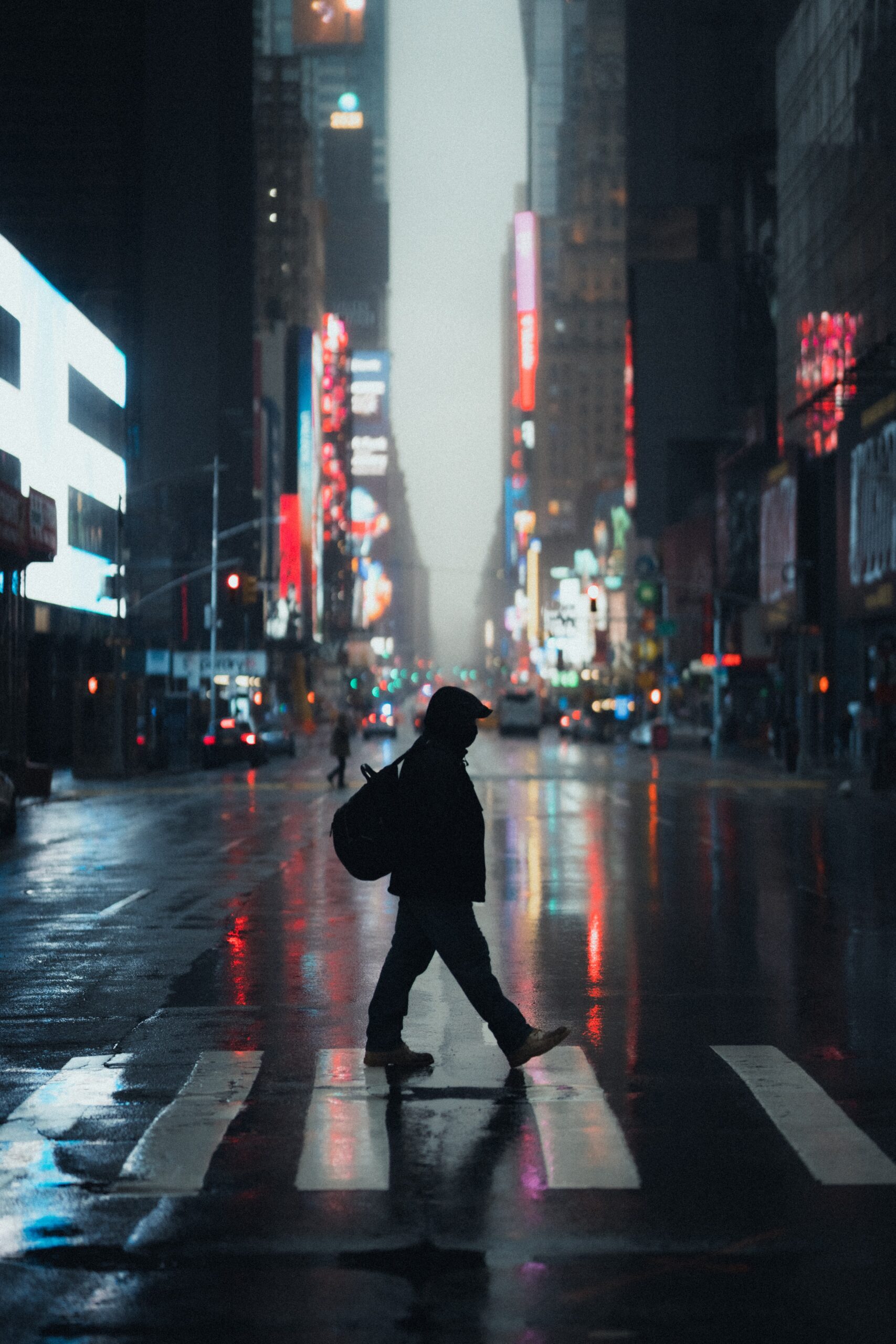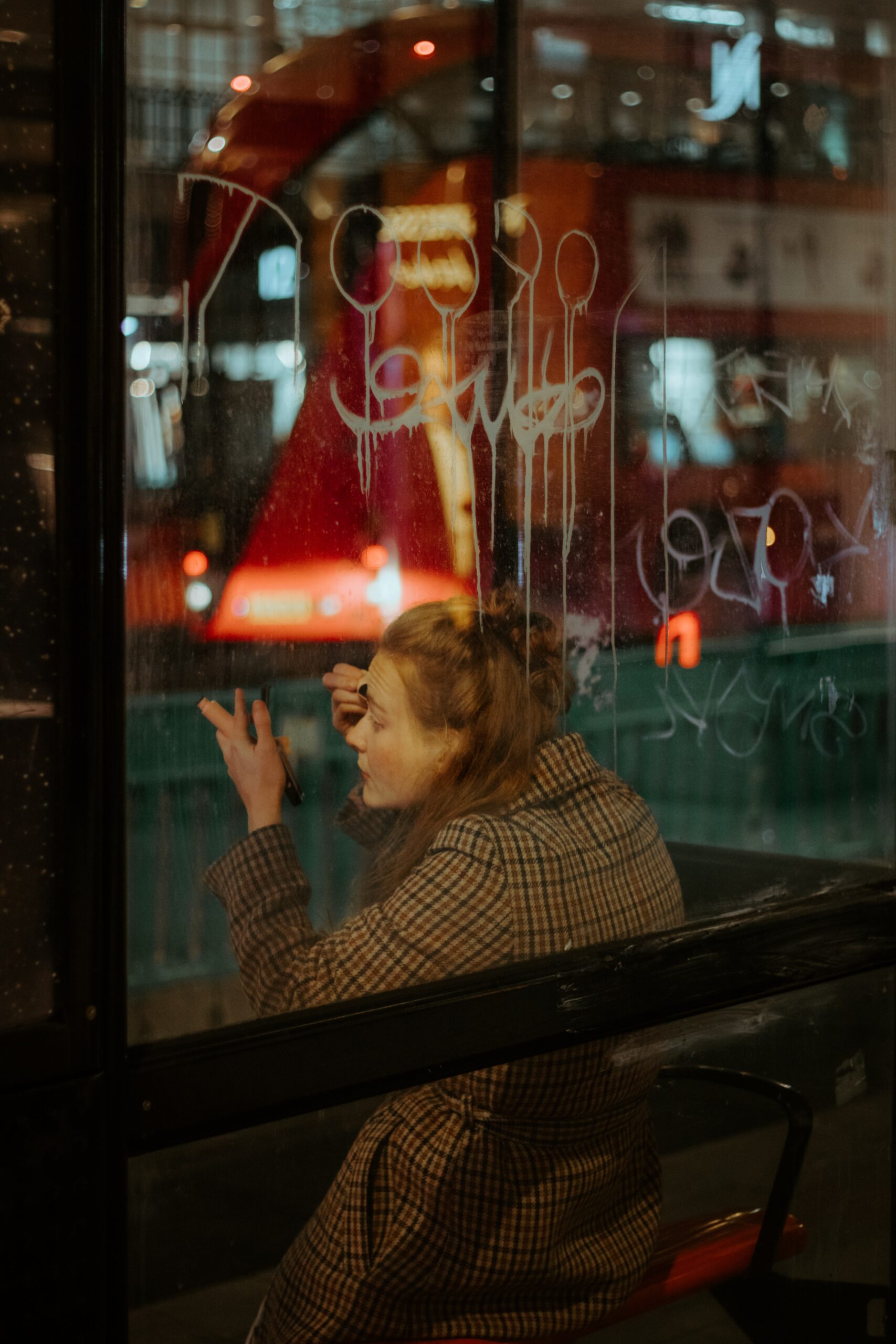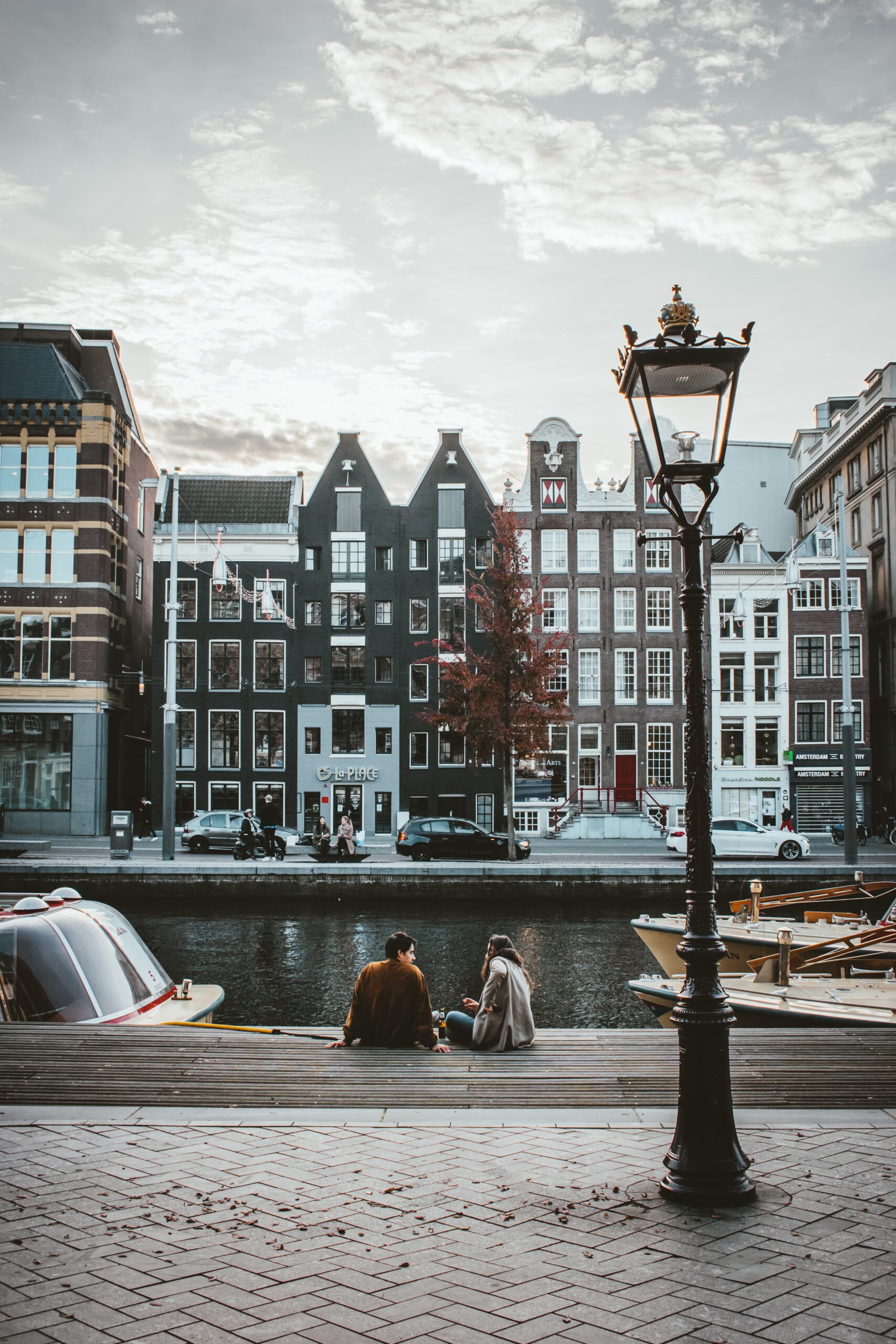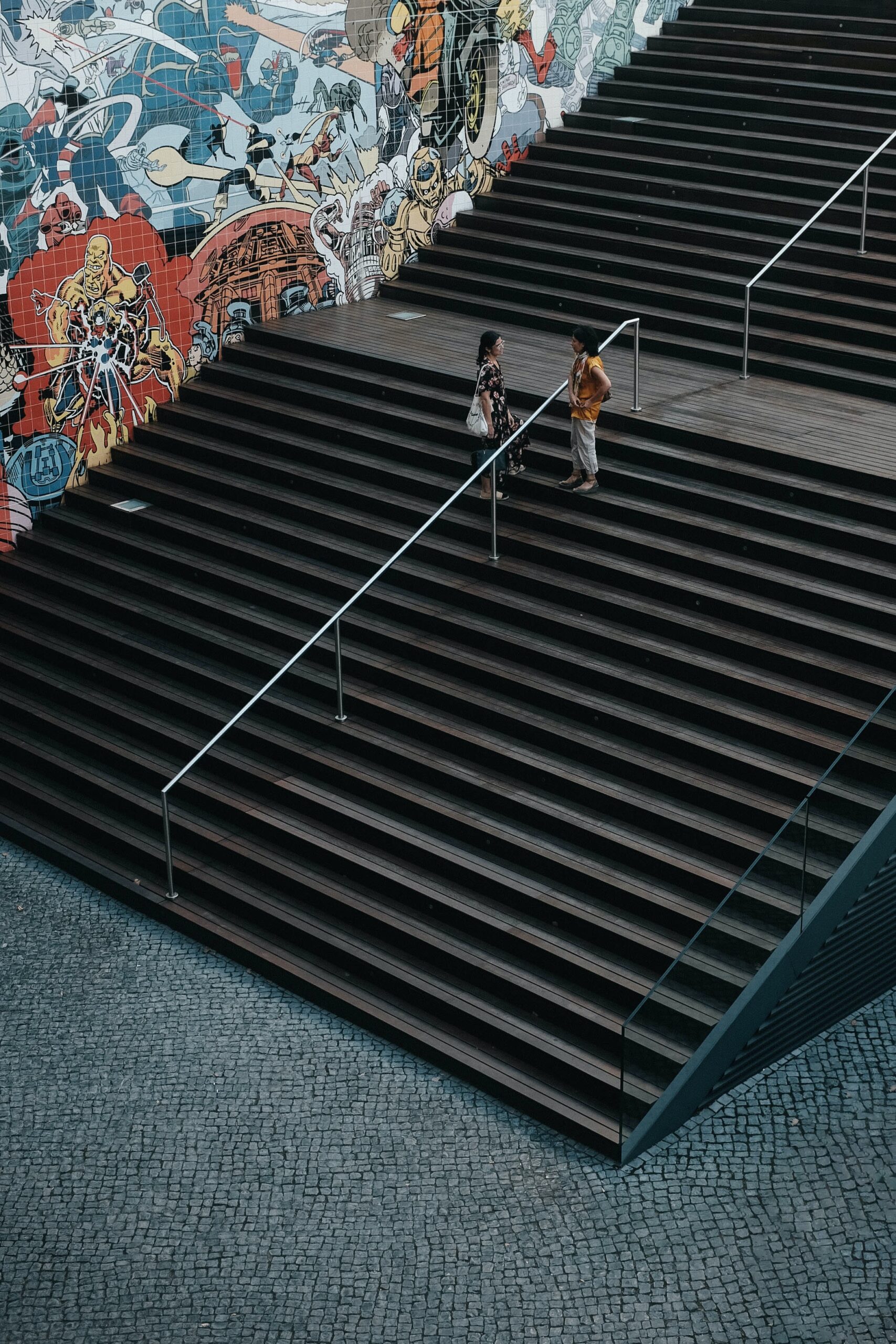Street photography is a style that has been around for a long time – just about as long as photography itself. It’s a popular style for many reasons. It feels natural to want to capture what’s going on around you, and your portfolio can become the documentation of a particular time and place. It can show us the interesting and unique parts of the world we live in every day, even the things we don’t notice unless we’re looking for them.
It’s also very easy to get street photography wrong. Your shots can end up looking boring, mundane, flat, or too posed and stylized. You can also try to take pictures of people who really don’t want you to, which could end up in an awkward situation! This guide will help you to practice and develop a street photography style of your own, one which will allow you to create a body of work you are proud of!
Here is what we will cover:
- Understanding What Street Photography Is
- Staying Safe On The Street
- Developing Your Signature Style
- Practice Makes Perfect
Understanding What Street Photography Is

What is street photography? It can be easy to get this style confused with a few other genres of photography, so let’s break that down from the beginning to avoid any mistakes in the future.
Street photography is simply designated as going out and taking photographs on the street. There’s a little overlap with documentary here, but you can break the one major rule of documentary: in street photography, you can intervene in the scene! You don’t have to leave things as you found them or refrain from giving instructions. In fact, some street photographers like to give their subjects specific instructions on where to stand or how to look.
However, you should find your subjects on the street – we’re not talking about dragging your kids out to take pictures of them, or hiring a model to go for a walk with you. The things you capture should be real, even if they’re posed – things you found on the street, not things you put there on purpose. Why do I say ‘things’ and not people? Well, you don’t have to focus on people! You could do a series based around objects from the street – like doorways, or discarded chewing gum on concrete, or store fronts, and so on. So long as it’s on the public street, it’s fair game.
Key Lesson:
Street photography has some overlap with documentary, but doesn’t follow the same strict rules. At the same time, it’s not a portraiture session with a hired model!
Staying Safe On The Street

We shouldn’t go too much further without talking about safety, as this is so important – especially if you’re a female photographer going out on your own.
When you’re engaged in street photography, try not to have your camera to your eye at all times. Be alert of everything going on around you. Holding a piece of expensive equipment in the open on a city street can be dangerous, leaving you vulnerable to mugging. Keep your camera strapped around your neck, and keep your attention firmly on it (a widely circulated viral video from not long ago demonstrated how thieves can distract their marks enough to even unscrew a camera from its strap around your neck!). Keep your ears open, try to stay more towards the buildings than the
road to avoid motorbike-riding thieves, and don’t fixate on the scene in front of you for so long you forget to look around.
And, perhaps this should go without saying: don’t go out at night alone, and don’t enter enclosed or isolated areas alone. Think of safety first, picture second! It doesn’t matter how great that shot is if something happens and you never get to share it.
Key Lesson:
It’s sad to say, but you could be a target for thieves. Keep your eyes and ears open and don’t take unnecessary risks.
Developing Your Signature Style

Now that we know how to stay safe, let’s develop your style!
There are lots of ways to go, so the best way is to really get out onto the street and starting seeing how things feel. Do you like taking photographs of strangers? Do you like talking to people in order to ask their permission, or do you prefer to hide somewhere with a longer lens and take more general crowd shots? Do you want to avoid people completely and focus on objects and buildings, or do you want to make a point with your work about the relationship between people and the city, the current society we live in, fashion and trends?
The more you try, the more you can develop your style. Do this mindfully – force yourself to try new things! It’s back home, looking through the pictures, that you’ll start to see it emerge. “Aha, this shot is really great – and look! – it’s quite similar in theme and style to this other shot I took which I also love!” Follow that direction when it comes and see where it takes you. Remember, style doesn’t have to be set, but is more of a fluid and evolving part of your practice.
Key Lesson:
In the intersection between work you love to make, and work which creates great shots, you’ll find the perfect style for you. Once you find it, develop and work on it to let yourself grow!
Practice Makes Perfect

The only way to get better at street photography is this: go out and do street photography.
Try to set yourself a regular schedule. It might be one day a week, or even one day a month, if you have other work to do. It might mean going out every day at the same time, if you’re serious about making this your oeuvre.
Practice is really important. You might have to take thousands of shots before you find that one that really deserves to be in your portfolio. Not every session of street photography will be a winner – it’s all down to chance! If you were to follow in the footsteps of Henri Cartier-Bresson, you might stand watching and waiting for someone to walk just that particular way through the scene you have found – perhaps for days, or even weeks, until the shot you envisioned comes together.
The important thing is to keep going, and not to give up if your first sessions aren’t as good as you were expecting. As you grow in confidence and develop your style more fully, you’ll see better and better results. Soon, you’ll reach a point where street photography comes to you like breathing.
Key Lesson:
Dedicated and consistent practice is the only way to really make sure that you get better at street photography. Don’t slack off – commit to your practice and you’ll see an improvement!
In Conclusion
Here are the key things you need to know about developing your own street photography style:
- Street photography is like documentary but without the strict rules
- You should still ask strangers before taking a portrait of them!
- Don’t bring models along with you, look for them ‘in the wild’
- Stay safe and alert – and don’t take risks on the street
- Find your style by trying everything: what you enjoyed and what looks good combine to make the perfect style for you
- Practice consistently and with determination
- Don’t be disheartened if you can’t match up to what you were dreaming of at first – keep practicing!
Self-Check Quiz
- Which documentary rule can you break on the street?
- Why shouldn’t you bring a model along with you for street photography?
- What steps can you take to keep your camera from thieves?
- Where should you not go if you are alone?
- How can you find your own style?
- The best fit for you should be both something you enjoy taking and ___. Fill in the blank.
- How often should you practice if you are serious about street photography?
Learning Assignment
A great way to learn any genre of photography is to look at the greats who have gone before you.
Your assignment for homework today is to research some of those who are considered the best in the field of street photography. These could include Henri Cartier-Bresson, Diane Arbus, Joel Meyerowitz, Elliott Erwitt, Dorothea Lange, Helen Levitt, Eugene Atget, Walker Evans, Brassai, Robert Frank, Andre Kertesz, Fan Ho, Vivian Maier, and Robert Doisneau. There are many more greats out there, including some greats-in-the-making whose work is being produced today!
See what you love about their pictures and what doesn’t appeal to you, and explore this in your own work. Remember, don’t force yourself to reproduce someone else’s style – if it doesn’t feel like a good fit to you, drop it and move on to trying something else!
Cover Image By Rhiannon D’Averc
